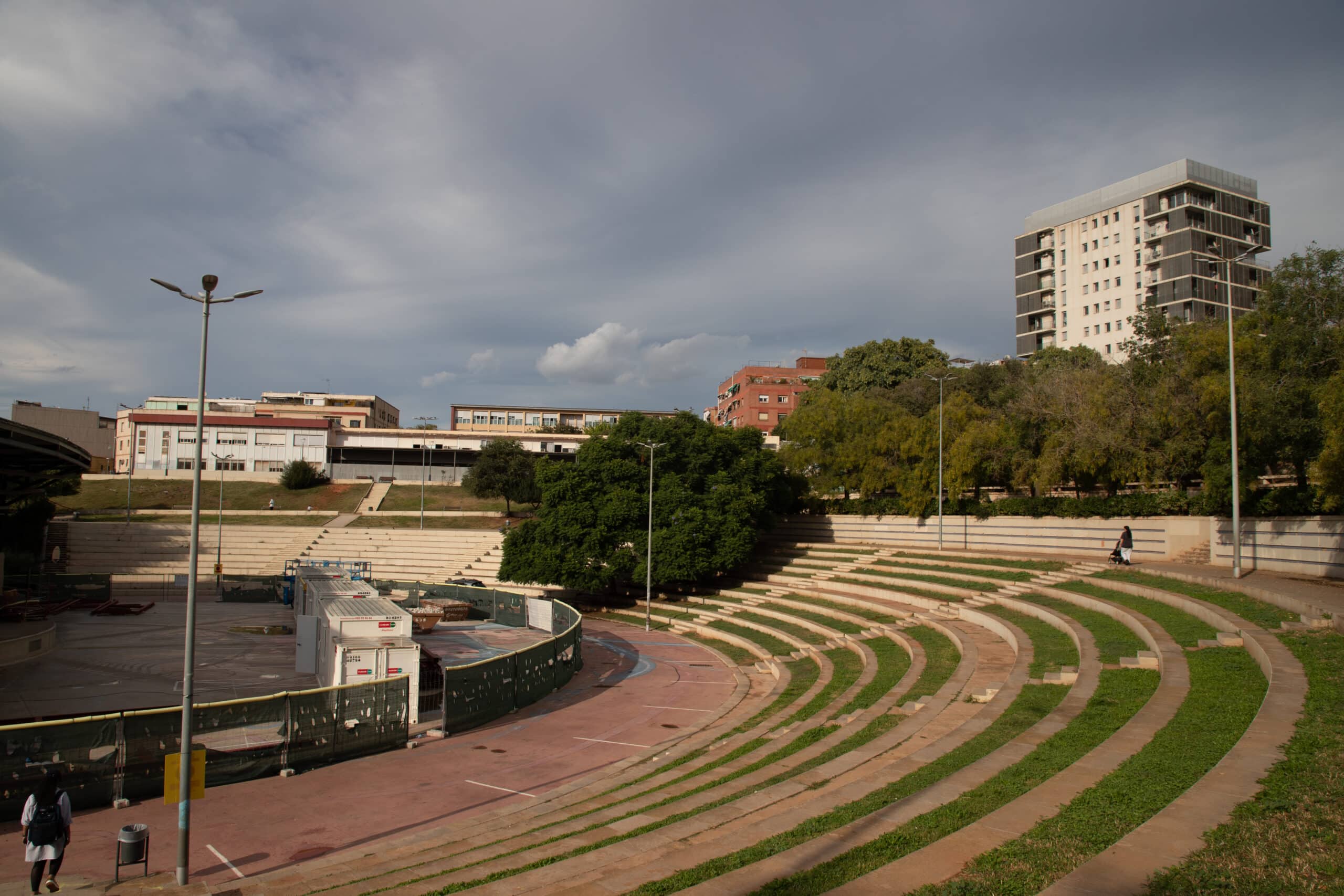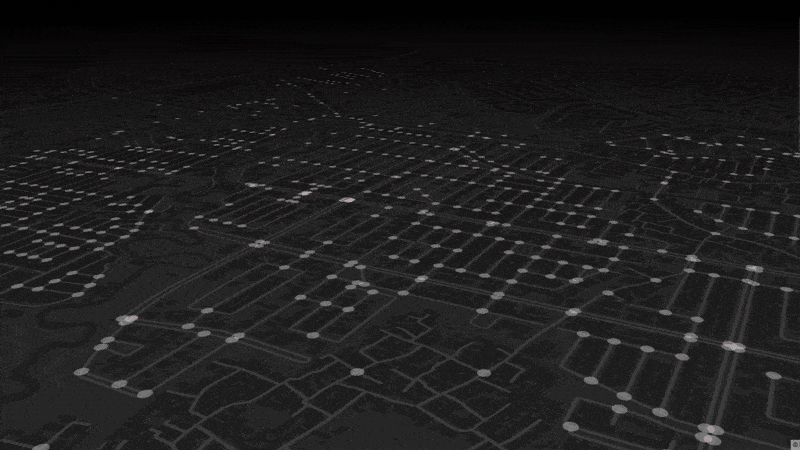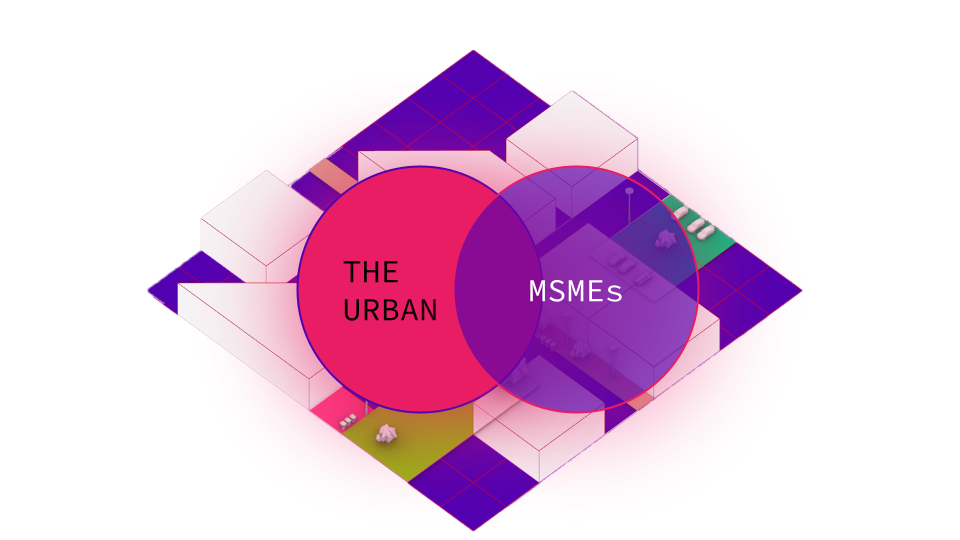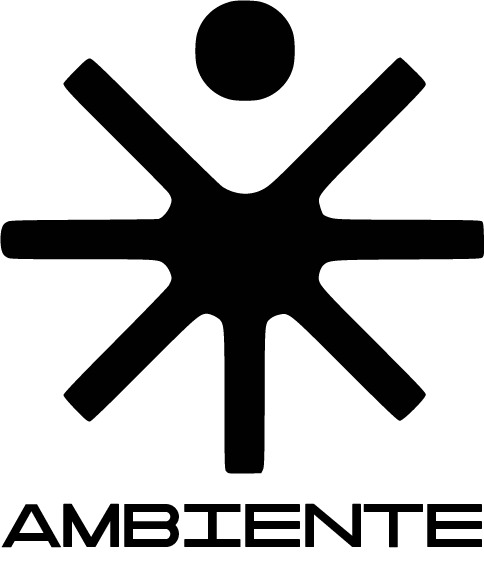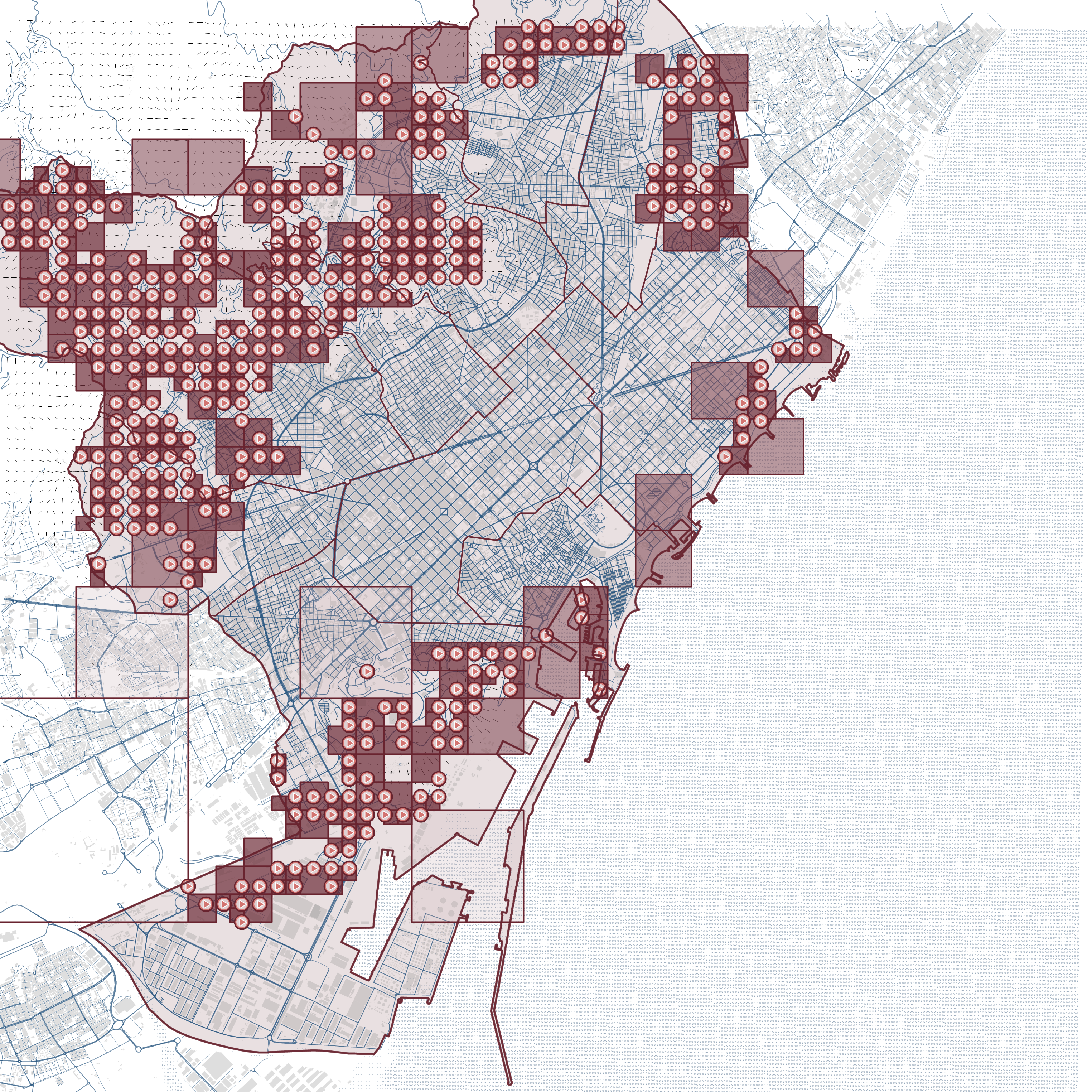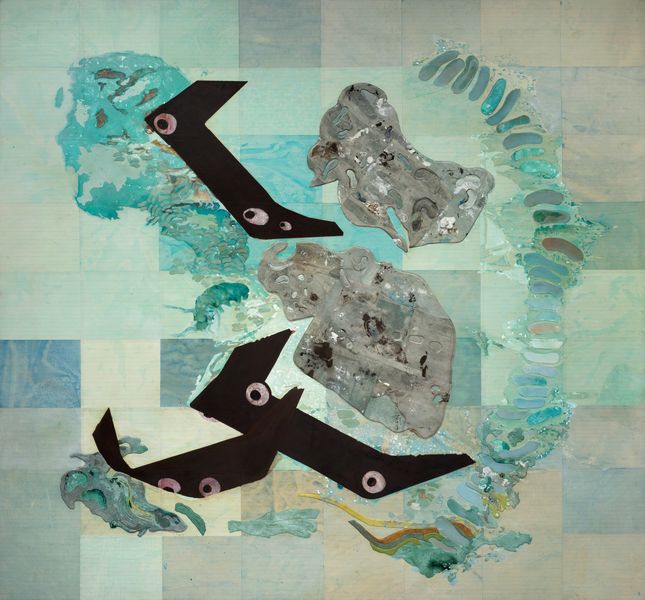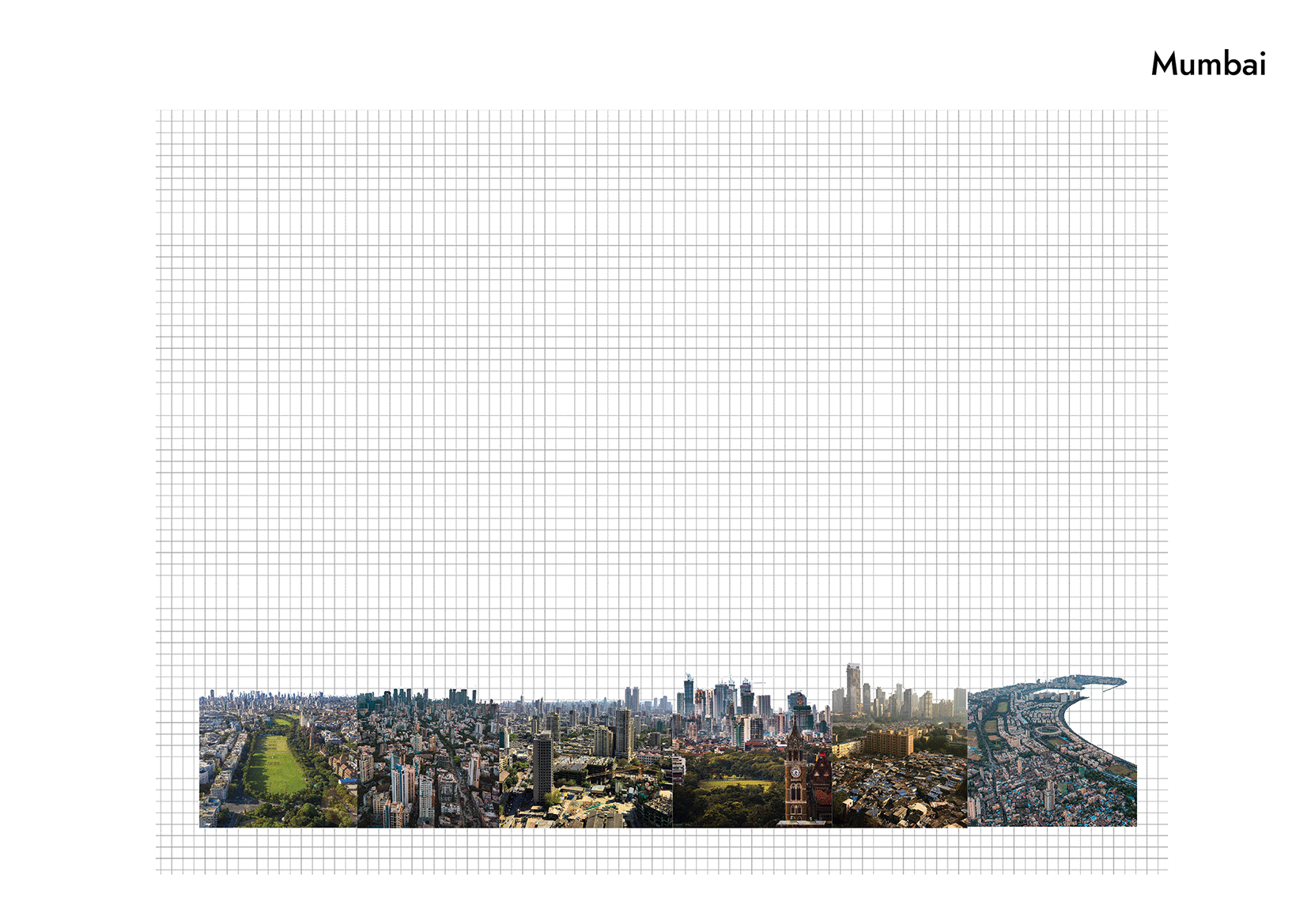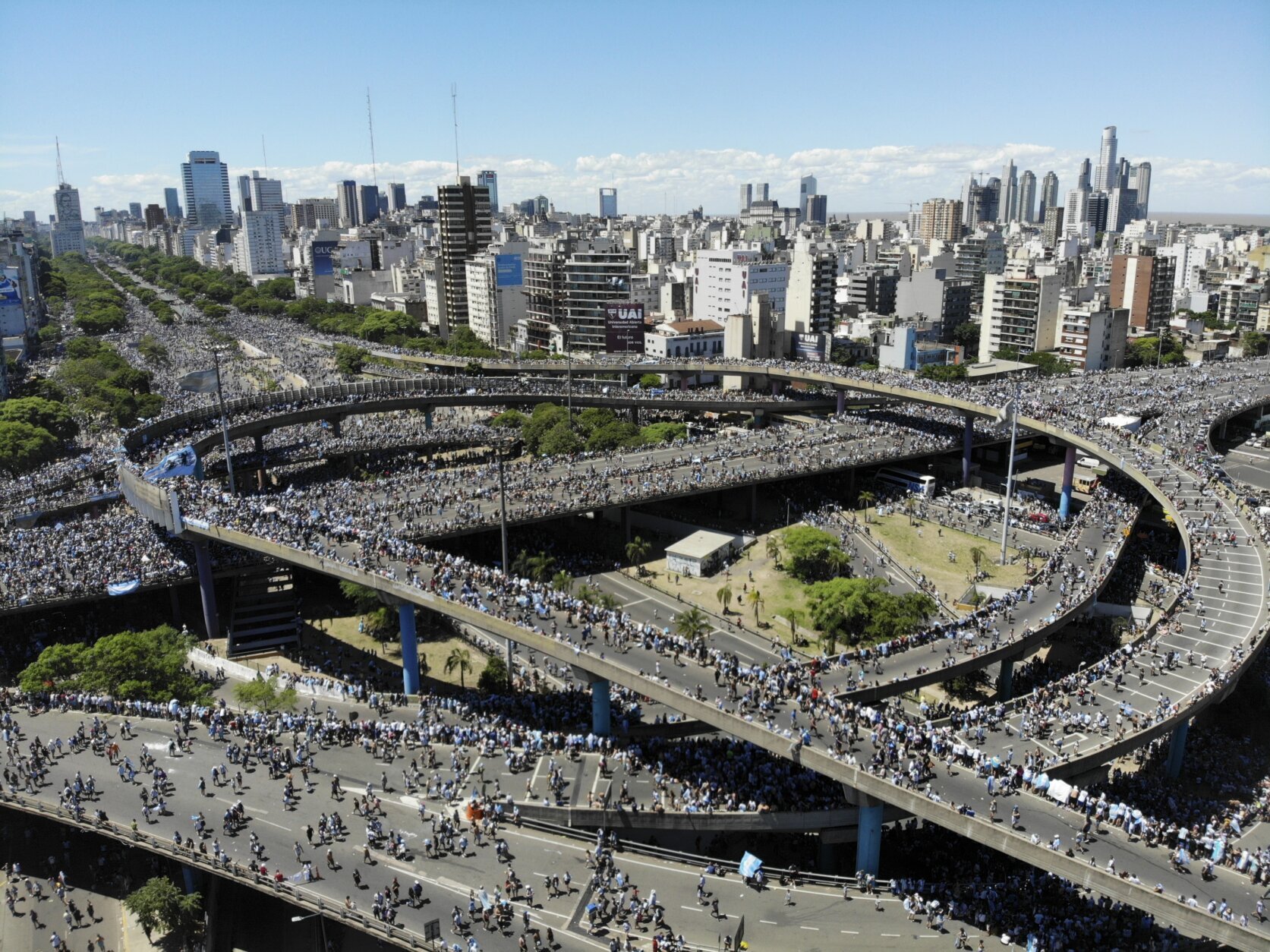REIMAGINGING PARC DEL PINS – A CONSCIOUS DESIGN FOR COMMUNITY
What can it look like to design spaces with empathy? In late October, our class had the opportunity to visit Parc del Pins in Santa Coloma de Gramenet to reimagine its public space during a one-week workshop. We spoke with members of the municipality, who generously offered their time and perspective on how Santa Coloma … Read more

